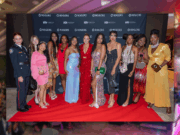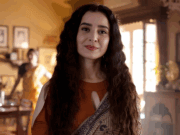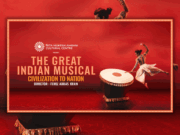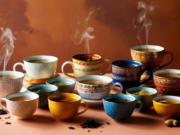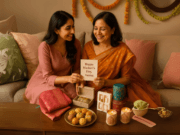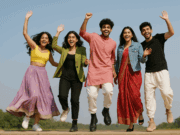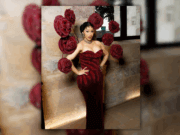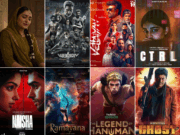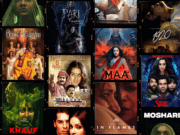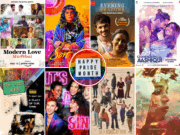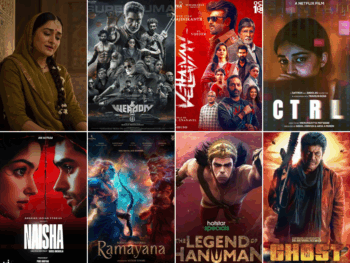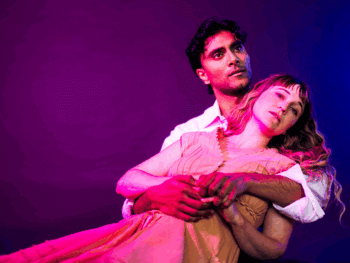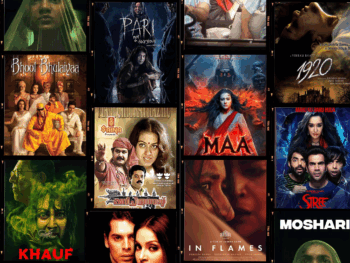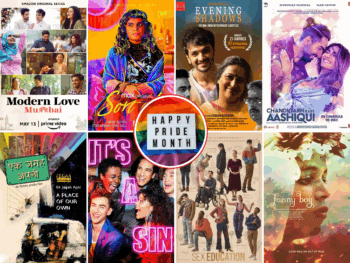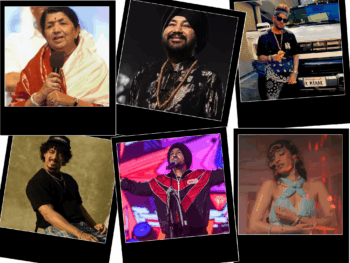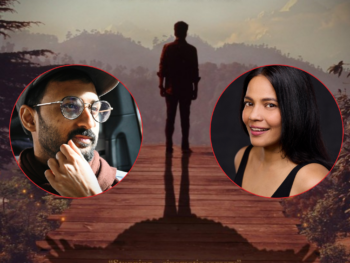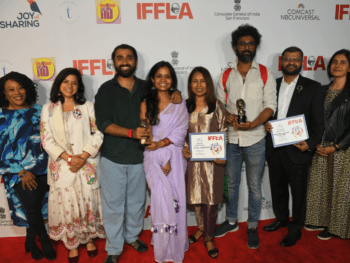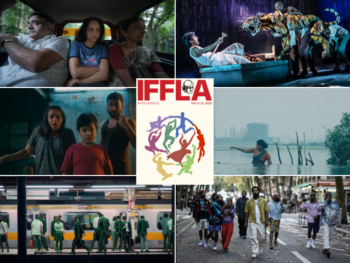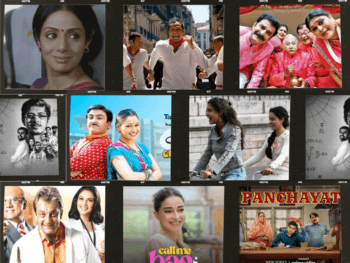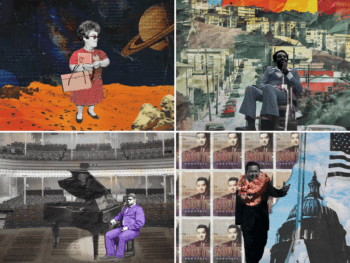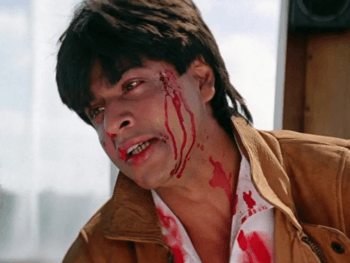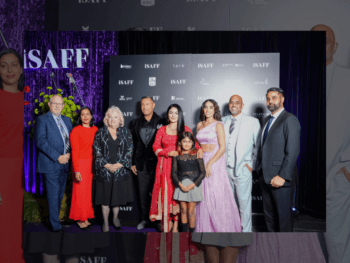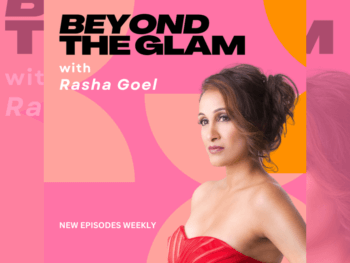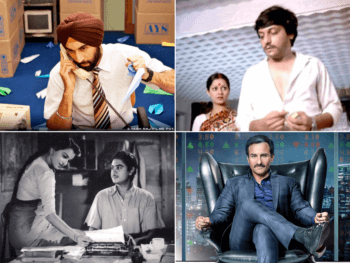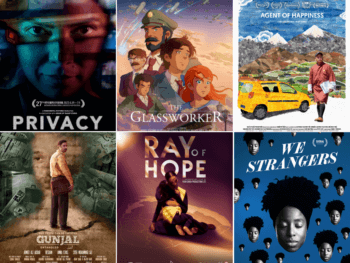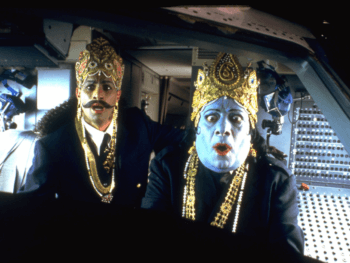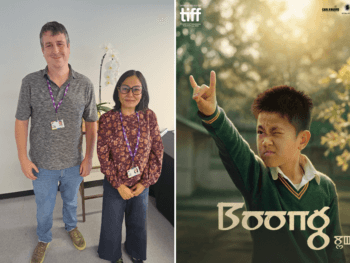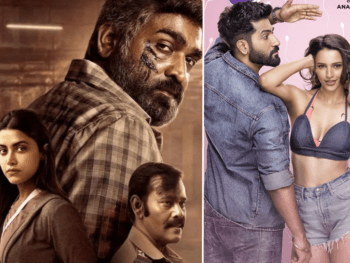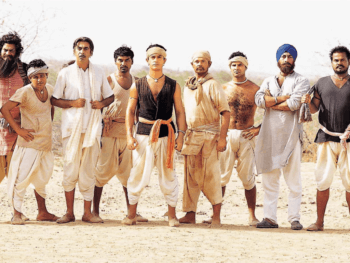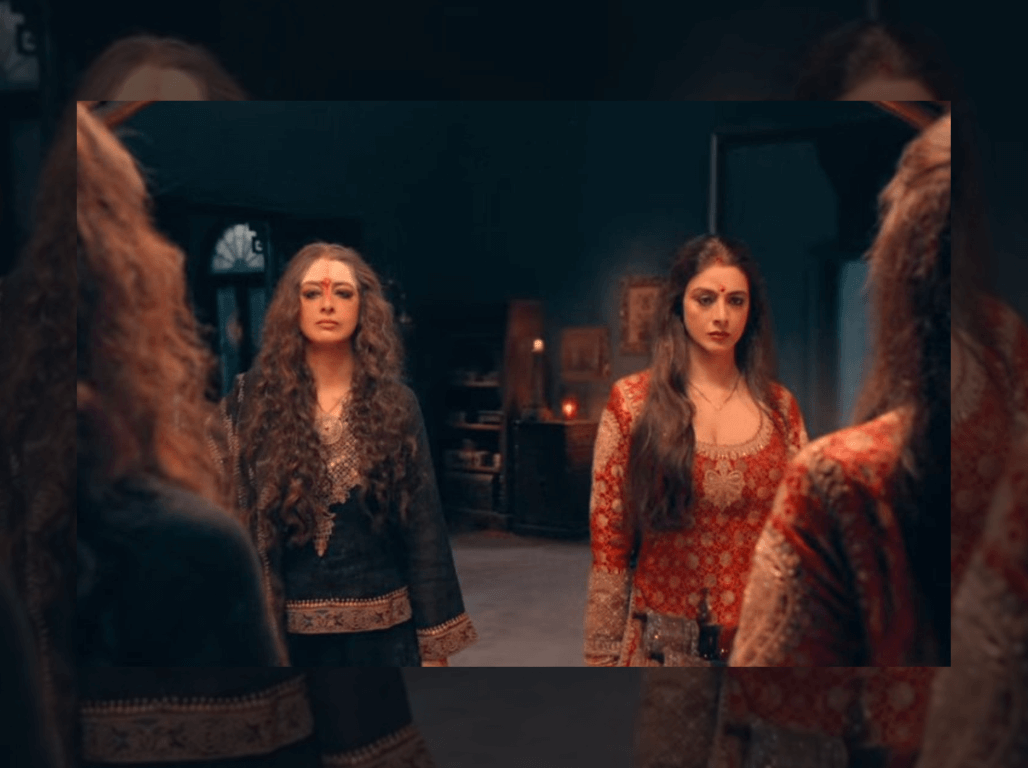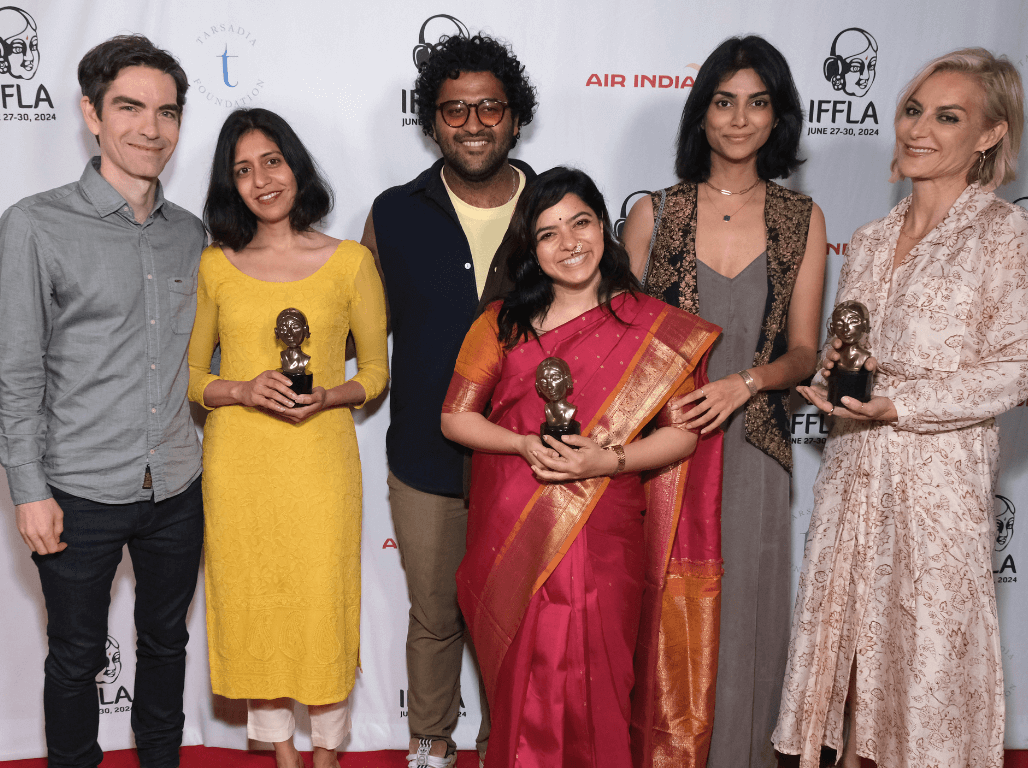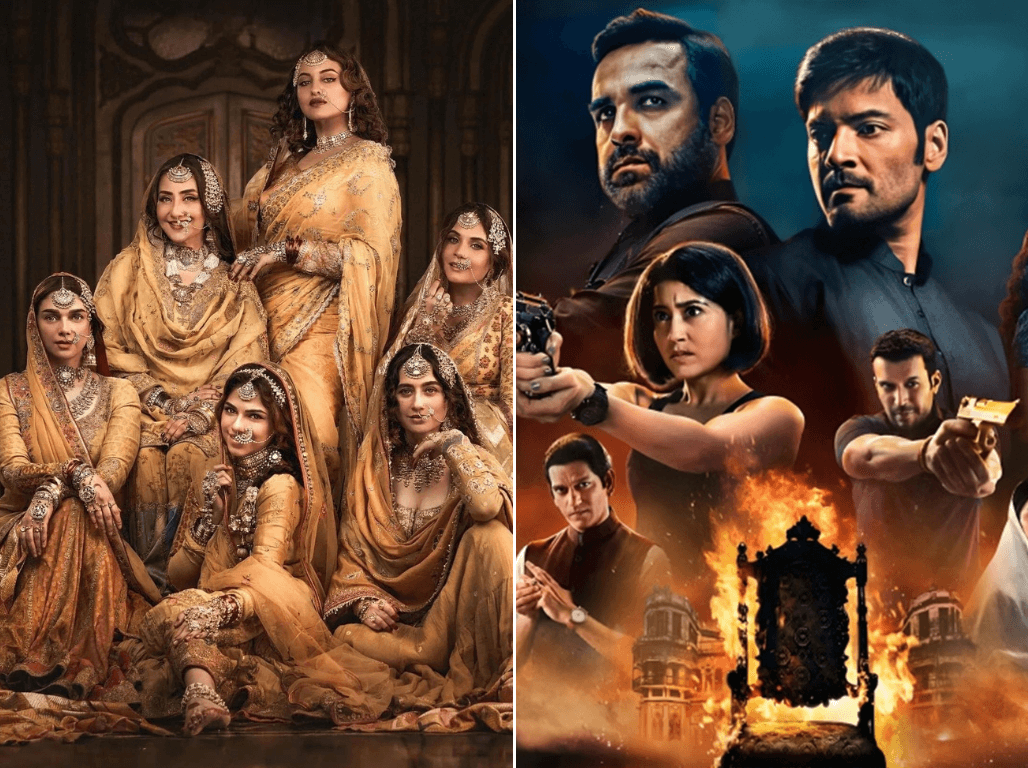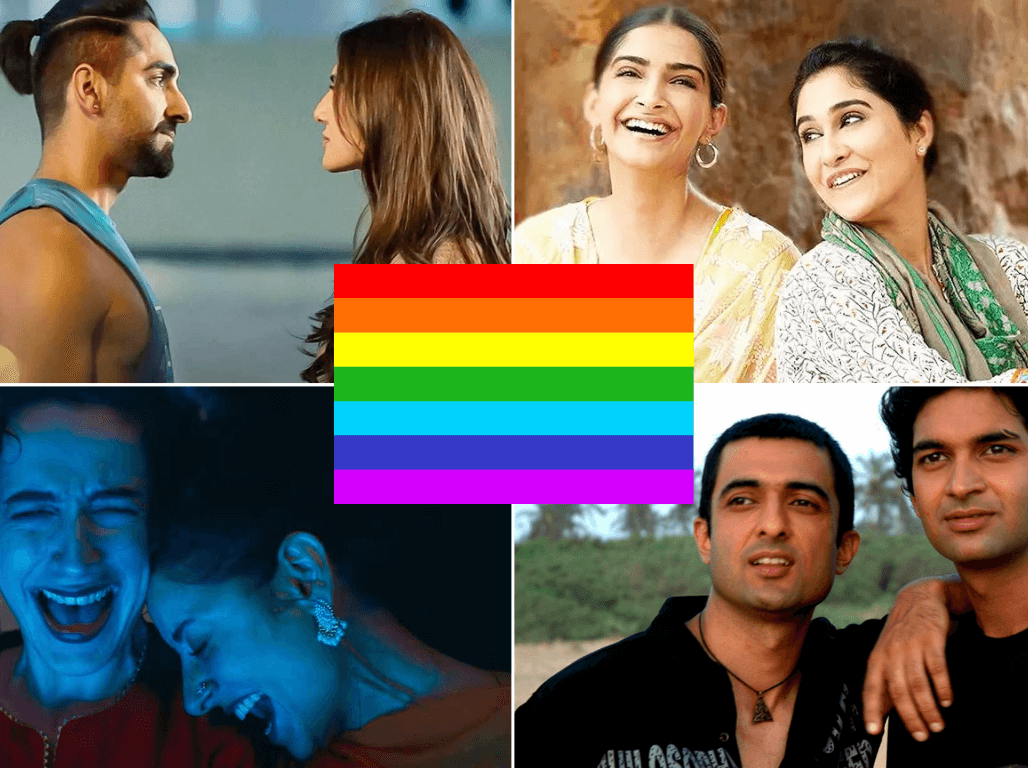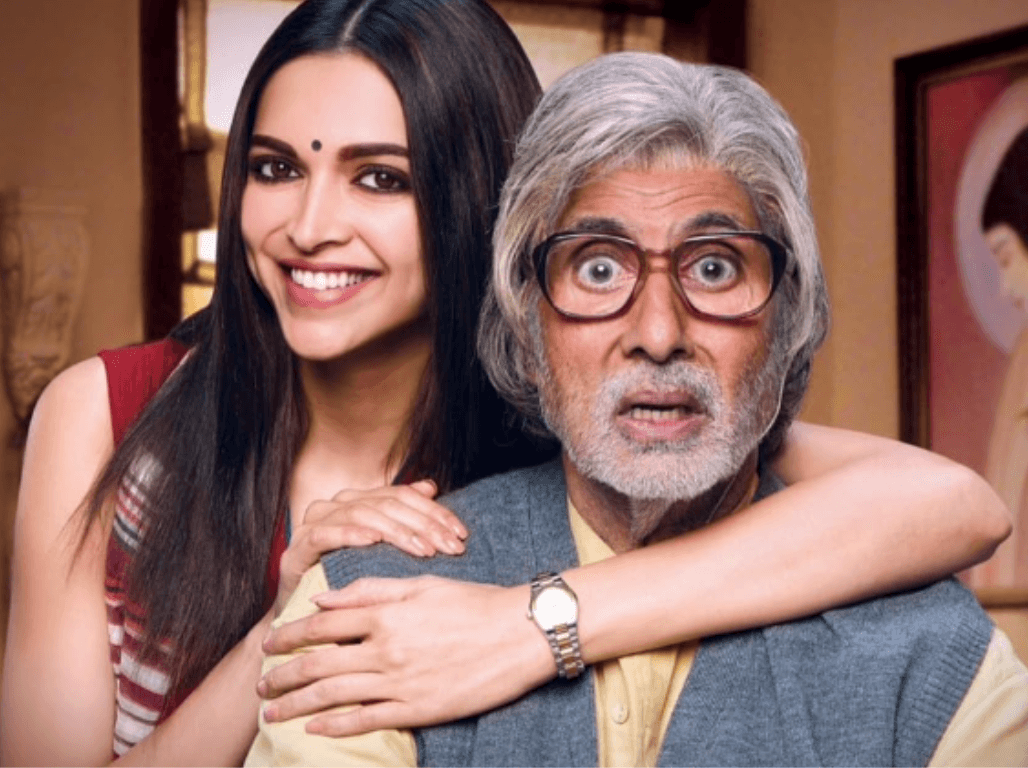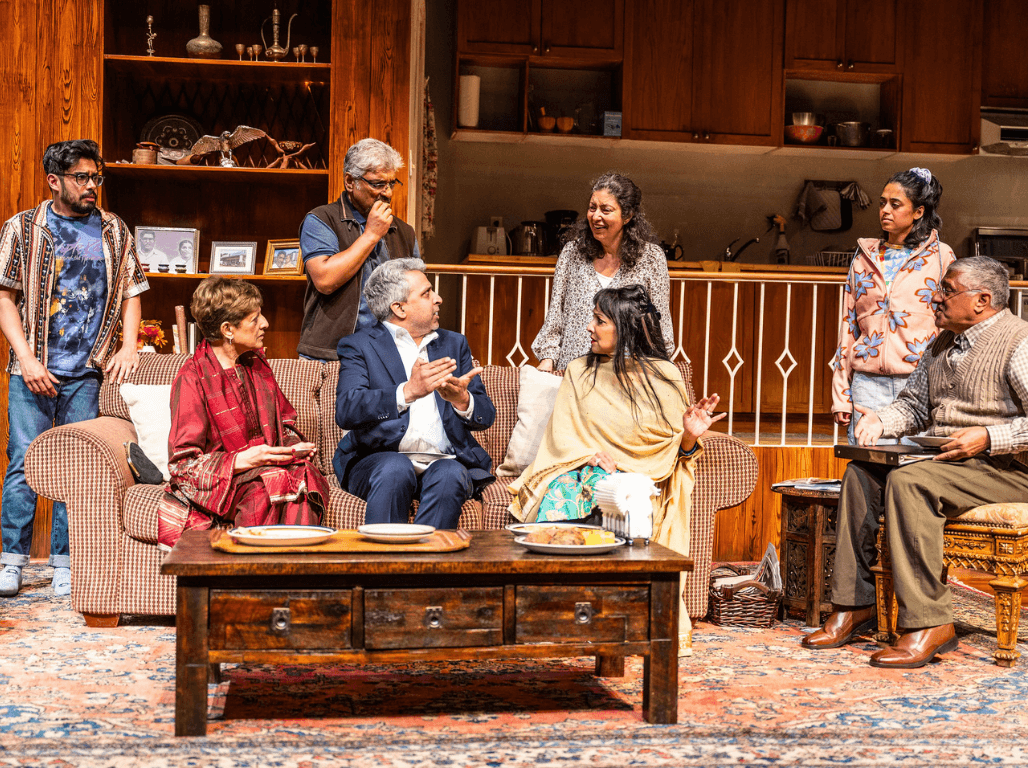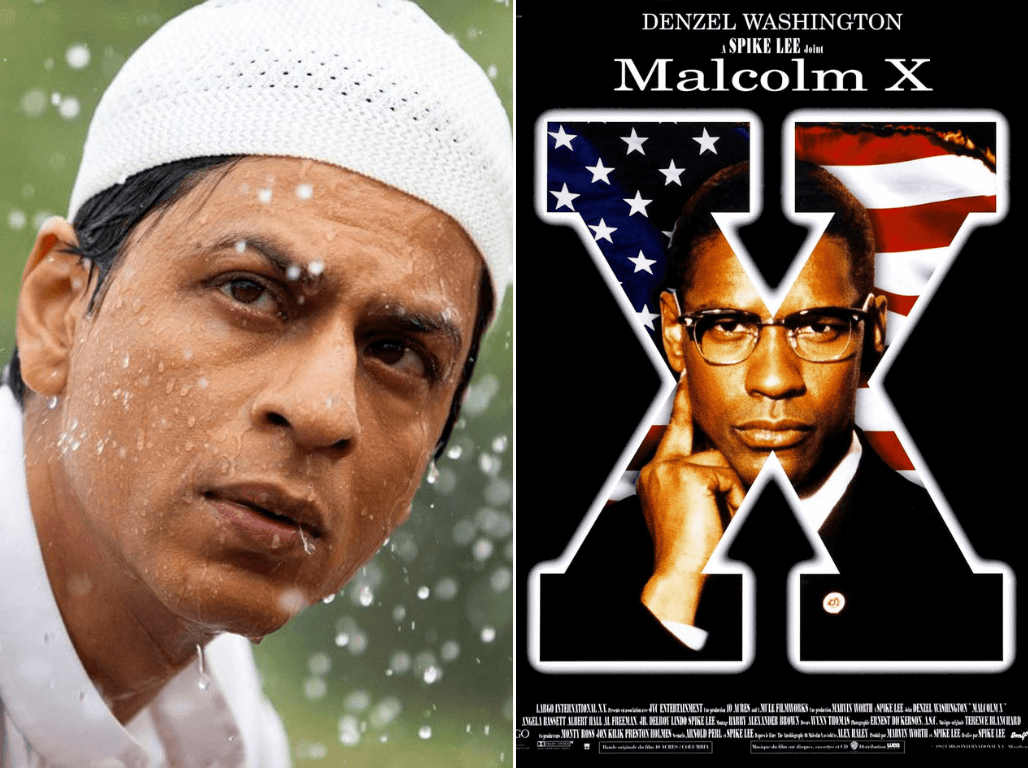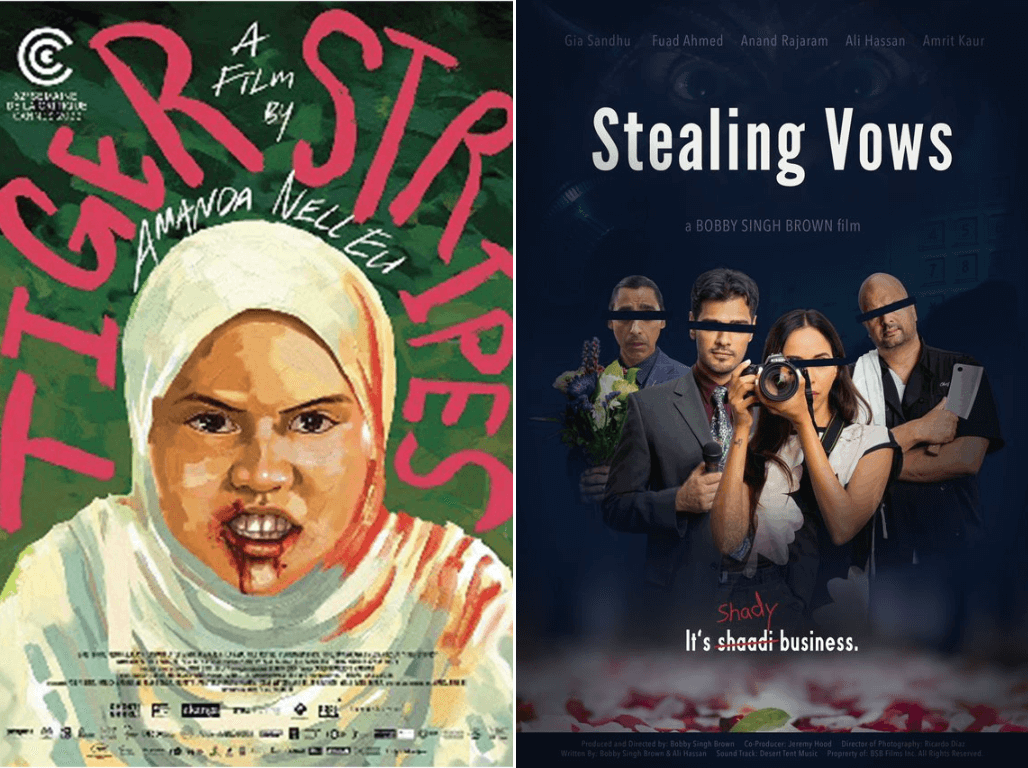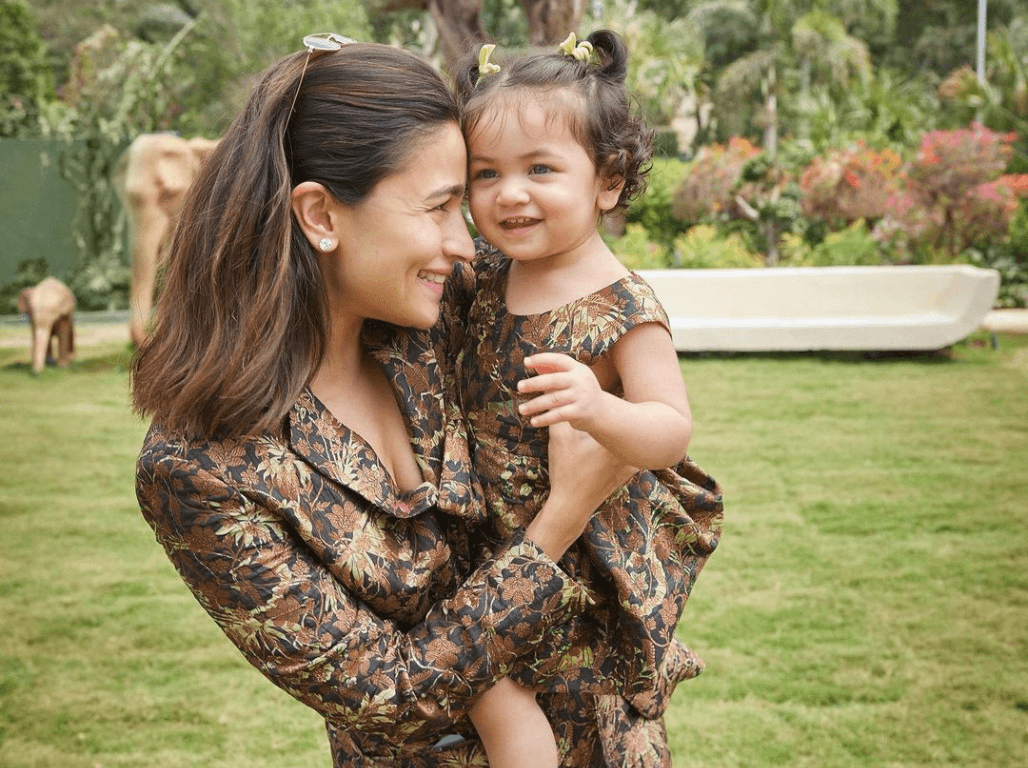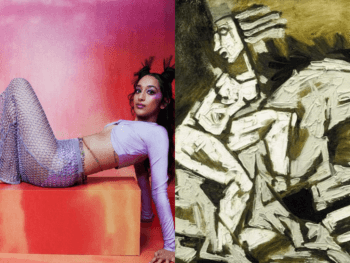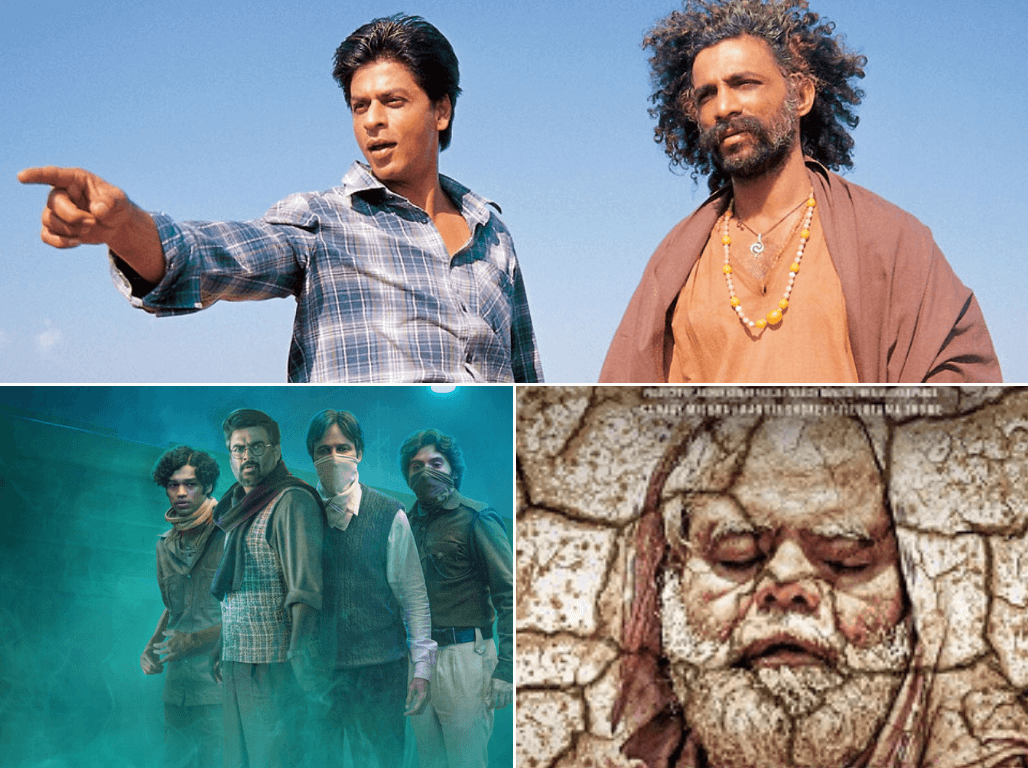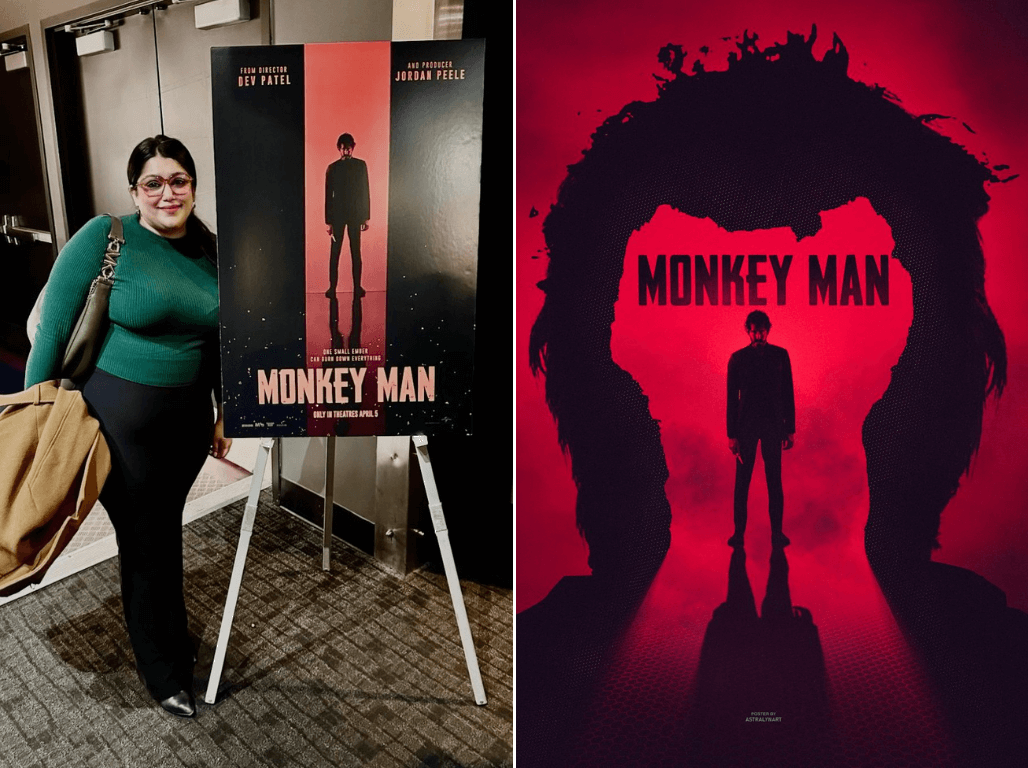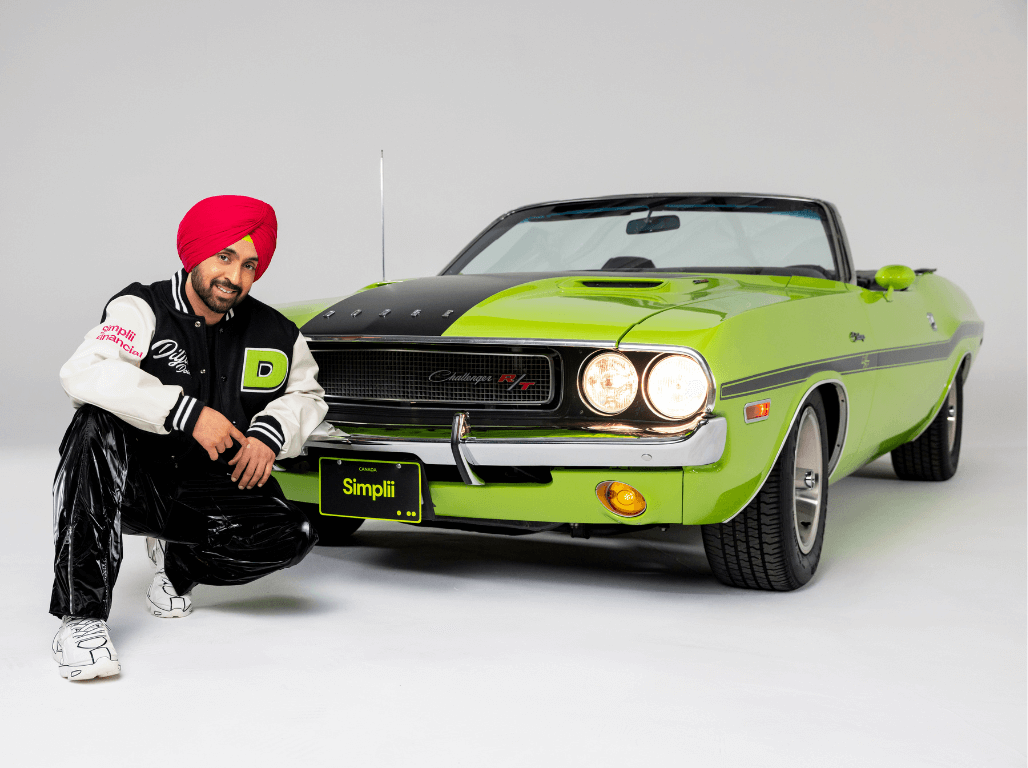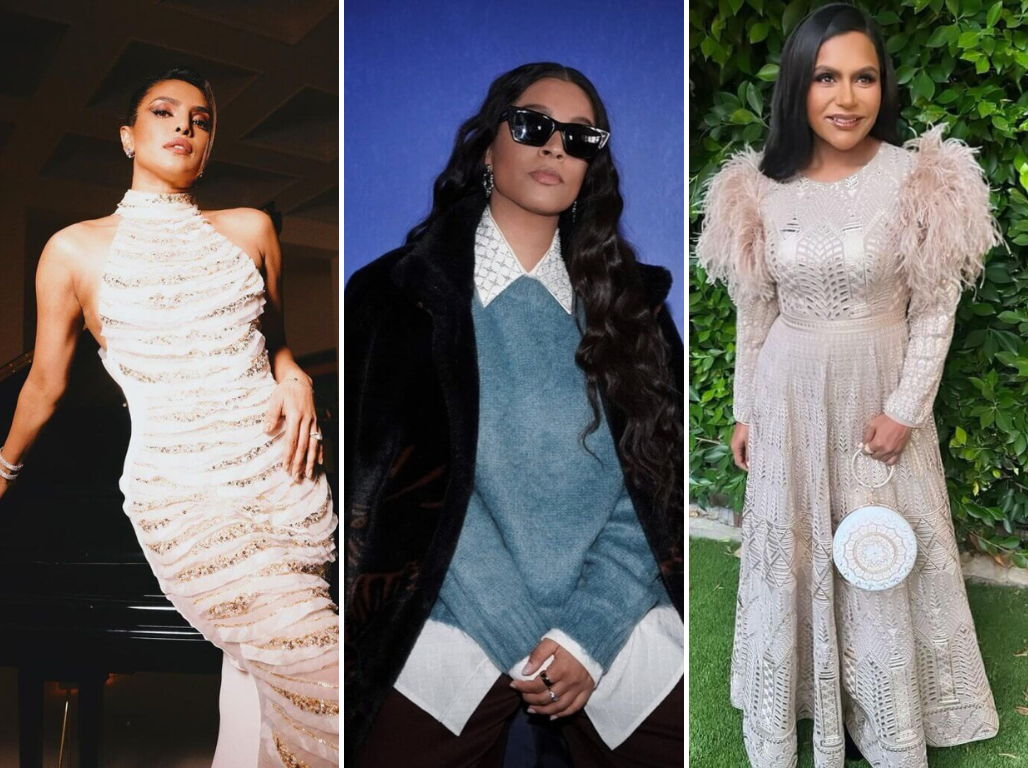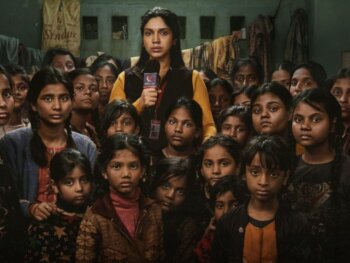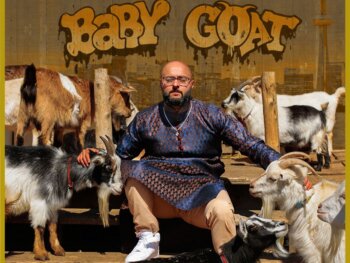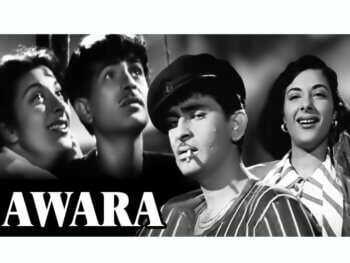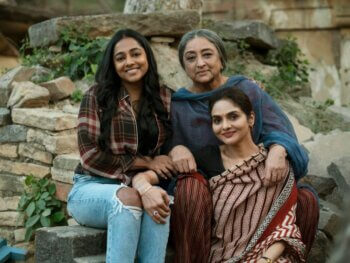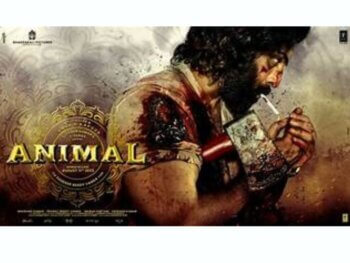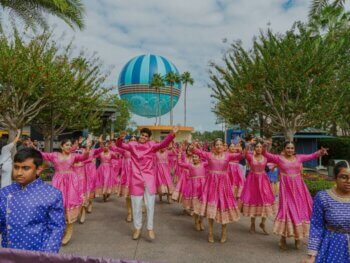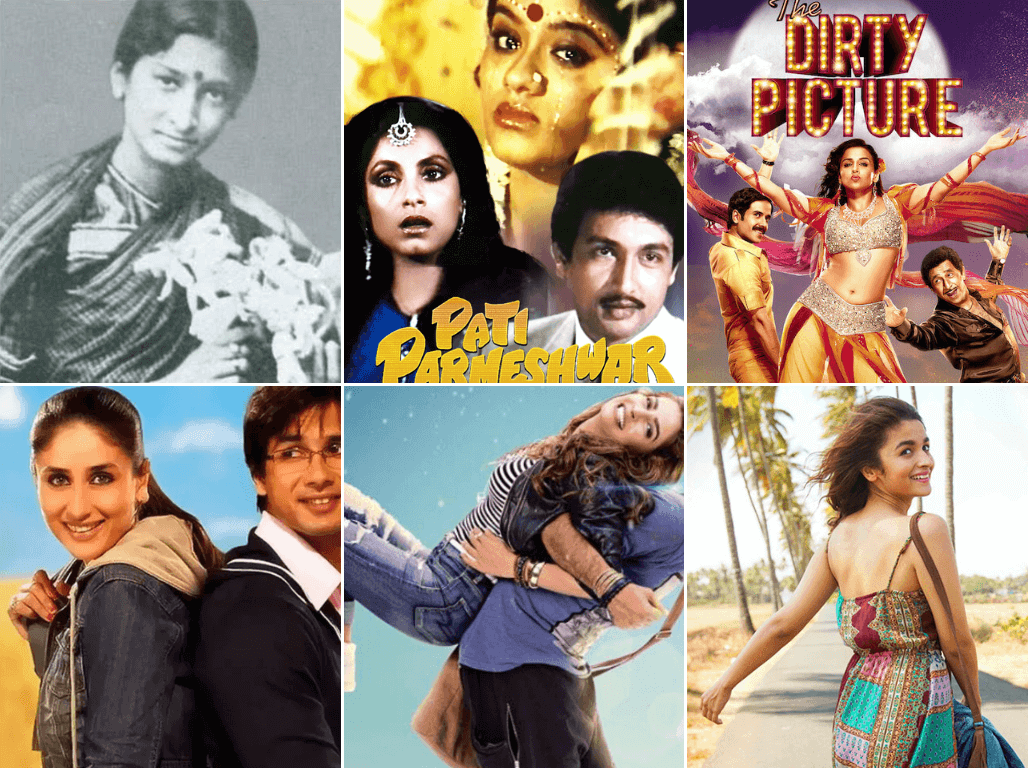
Transitional Representation of South Asian Women in The World of Entertainment
Entertainment Mar 04, 2024
In the ever-evolving panorama of Indian cinema, Bollywood heroines have emerged as powerful agents of change, reshaping the perceptions of womanhood within the Indian diaspora. Pakistani cinema has seen a similar progression. In the spirit of International Women’s Month, we take a deeper look at the evolution of South Asia’s leading ladies through the decades.
The road to the real portrayal of women has been pitted. The first Indian silent film Shree Pundalik was released in 1912 and produced, and directed by Dadasaheb Phalke. Yester-movies, men would play the female characters then as it was tagged as improper for women to work in the entertainment industry and movies.
The first female actor in Indian cinema was Durga Bai Kamat. She is known for being India’s first heroine who worked in the second movie of Dadasaheb Phalke, Mohini Bhasmasur. The last film she acted in was Deepness. The first female director, producer, and writer in Indian cinema was Fatima Begum who created a history behind her. She opened her film company named Fatma. Her first film, Bulbul Ae Paristaan was released in 1926. After these two prominent names, the industry embarked with many more female artists like, Jaddan Bai as the first female music director, Nadia, well-known as Hunter Wali, was the first stunt woman that Indian cinema ever saw, and Vijaylakshmi, the first DOP in Indian cinema who broke all the patriarchal barriers and entered the entertainment industry.
Historically, Bollywood chronologies often represented women within the confines of societal expectations, showcasing narrow depictions of femininity. The ‘’good girl’’ type personified virtues of holiness, self-sacrifice, and obedience, while the ‘’bad girl’’ was relegated to roles of temptation or rebellion, often facing moral condemnation. However, by modifying societal norms and progressive storytelling, Indian cinema heroines have embarked on self-discovery, challenging rooted norms and redefining womanhood on their terms. Contemporary portrayals offer multifaceted representations that outperform traditional stereotypes, impacting diasporic views on womanhood and power. The painting of female sexuality has encountered a paradigm shift, pushing away from objectification towards merrymaking and empowerment.
Since the inception of Indian cinema, women’s portrayal, status, and societal roles have been deeply intertwined with the film narrative. The inspiration from religion and mythology, early films often displayed women as exemplars of virtue, exemplifying ideals of loyalty and obedience to their husbands. A woman showcased as passive, submissive wives, and self-sacrificing saints for their families in movies like Dahej, Devi, Pati Parmeshwar, and Gauri. They have evolved from relying on their counterparts to independently driving the storyline forward. Today’s Hindi cinema illustrates women characters as vigorous, resilient individuals who defy traditional gender norms and play active roles in shaping their interests and fortunes.
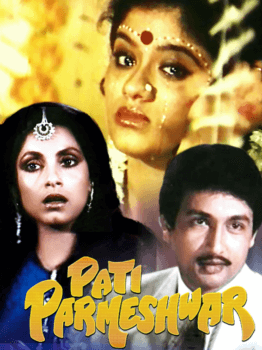
Bollywood narratives have promisingly welcomed themes of female empowerment, emphasising women as architects of their integrity. Characters such as Geet from Jab We Met, who courageously pursues her dreams despite societal disapproval, or Jhilmil from Barfi, who triumphs over hardship with stability and courage, boosting diasporic audiences to challenge societal norms and chasing their aspirations unabashedly, or Sukhpreet/Sukhee from Sukhee who got sick of marital and domestic routine existence, stranded everything and travelled to Delhi to attend her high-school reunion. She relived her teenage years, rising as a free bird.
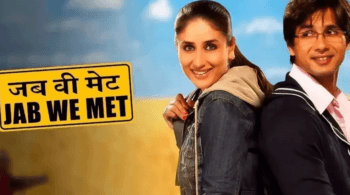
Other film characters like Silk from The Dirty Picture, who defies societal norms to pursue her desires unapologetically, or Leela from Goliyon Ki Raasleela Ram-Leela, who embraces her sensuality without remorse, contest the notion of embracing sexuality without guilt or judgement, or Neerja a movie that was based on the true story of Neerja Bhanot, a flight attendant who sacrificed her life to save passengers during a hijacking. This film celebrated courage, resilience, and selflessness. As per several studies, it took more than fifty years to bring equality in terms of gender representation on the big screen. Yet, in most films, women are pictured as mere objects of lust.
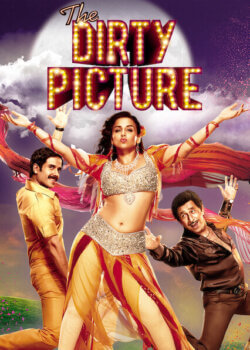
The film Dear Zindagi explored the voyage of Kaira, played by Alia Bhatt, tussling with personal and professional insecurities. Through the therapy she takes, the character encounters her inner torments and discovers the authentic meaning of contentment and fulfilment. Another movie that taught a lot of young women was Pink, which tackled the issues of consent, victim-blaming, and gender prejudice. The film sheds light on the hurdles faced by modern working women in navigating a patriarchal society.
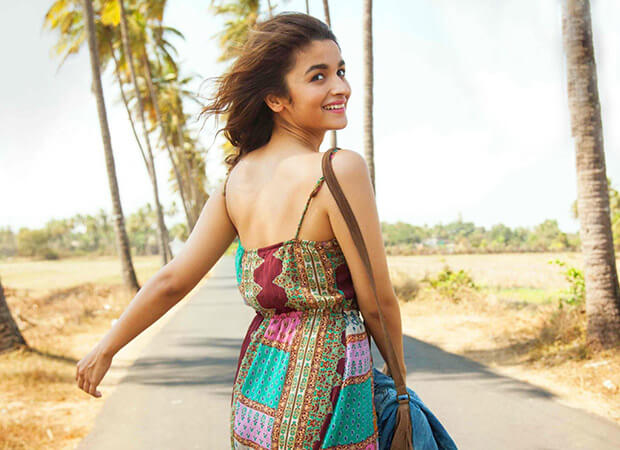
Indian daily soaps, while often criticized for melodrama and sensationalism, also depict modern issues and imagery of women that echo with the audience. However, in today’s world when we are honouring the real shaped women, several daily soaps from today’s time strive to portray realistic and empowered characters. The show Anupamaa is about a woman prioritizing her happiness and aspirations, fighting the hindrances in her married and domestic relationships. Another daily soap would be, Yeh Rishta Kya Kehlata Hai, a family drama that displays strong female characters like Naira and Sirat, navigating through personal struggles, yet seeking their dreams and battling societal norms.
The Indian movies and daily soaps now offer diverse perspectives on modern womanhood, preaching a range of issues including gender equality, empowerment, self-discovery, and societal expectations. Through persuasive and altered storytelling and nuanced characterizations, the cinema and television world has a more compassionate comprehension of the experiences and challenges women face today. Hindi cinema has played a pivotal role in reshaping cultural narratives and empowering women to embrace their authentic selves. As audiences persist in demanding more diverse and inclusive representations, Indian cinema remains at the forefront of championing gender equality and social change, inspiring generations to come.
The portrayal of women in the Pakistan cinema industry has been evolving over the years. Female characters were often depicted in stereotypical roles such as distressed maidens or love interests. However, there has been an observable shift towards more diverse and empowered expressions of women in Pakistani cinema in recent years.
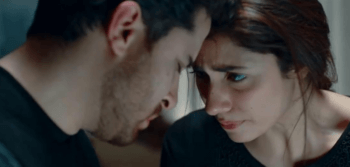
Several Pakistani female actors have been instrumental in modifying the terrain of cinema with their talent, choice of roles, and voice. Some renowned names include, Mahira Khan, her roles in films like Verna and Superstar, she has emerged as one of the leading actresses in Pakistan. Mehwish Hayat, another female leading actor from Pakistan who did remarkable work in films like Load Wedding and Actor in Law, Saba Qamar, earned appreciation and love from the audiences from several movies. Her Hindi movie, Hindi Medium, and Pakistani films like Lahore Se Aagey. She is known for her versatility and ability to tackle challenging roles. These actresses, among others, are playing pivotal roles in shaping the representation of today’s women in Pakistani cinema and cinema all around the world.

Today’s women in any field, engineering, acting, aviation, hospitality, medicine, media, etc. are celebrated everywhere and every day. There are transformations, not everything is up to mark, we are sighted as equal, and we believe in change to see the change. The architects of change, the quintessence of strength, the boosters of equality, and the heartbeats of humankind. To all the ladies out there, Happy International Women’s Day from ANOKHI LIFE.
Main Image Photo Credit: www.instagram.com
Mehak Kapoor | Entertainment Editor
Author
Mehak Kapoor (@makeba_93) is an entertainment and lifestyle journalist with over a decade of experience in anchoring and content creation for TV and digital platforms. Passionate about storytelling and factual reporting, she enjoys engaging with diverse audiences. Outside of work, she finds solace i...





